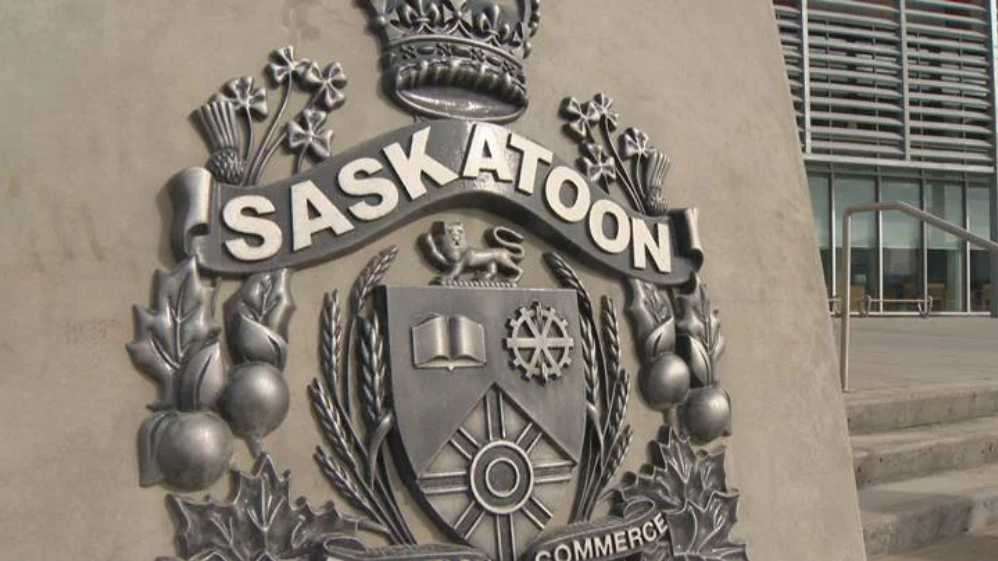Habitual runaways accounted for just over 74 per cent of all missing persons reported to Saskatoon police in 2021.
Police said it received a total of 2,912 missing person reports, an increase of 229 from 2020.
Of those, 2,161 were for habitual missing persons, with girls comprising the largest portion, accounting for 1,220 missing person reports.
“Female youth continue to be reported missing significantly more than any other statistical category and were more likely to be reported missing numerous times throughout the year (habitual),” said a report to the board of police commissioners.
“A habitual missing person constitutes an individual who has been reported missing as a missing person subject two or more times within a specific period.”
Ten girls accounted for 339 missing person reports, with two reported missing 100 times. Police said 42 girls were reported missing at least 10 times during the year.
“The top 20 locations that reported missing persons accounted for 60 per cent of our missing persons,” said Staff Sgt. Corey Lenius.
“All 20 locations were comprised of government and private care facilities.”
Lenius said the top three reporting agencies were responsible for 23.6 per cent of all missing person reports and are associated with facilities providing short-term support to female youth.
Police are looking at several ways to address habitual missing persons, which can involve external factors such as addictions, the need for income assistance, or the criminal justice system.
One program Lenius pointed to was Operation Runaway.
It provides participants with a free cellphone to maintain contact with their support team. They are also required to attend weekly meetings and may require additional support such as addictions counselling or detox.
“It’s not a quick fix, and often the process takes months before real progress is made,” Lenius said.
“But, the program definitely lessens the frequency of missing person files reported as habitual runaways are concerned.”
The missing person unit will also turn to the guns and gang unit in cases where the youth were identified as being recruited by members of a street gang.
The intent is to educate the youth on the dangers of gang life.
“The goal of the referral is the safety of the youth,” the report said.
Chief Troy Cooper said there has also been a policy shift in how the force deals with missing persons.
He said it includes asking questions as to why the youth went missing and what was it that caused them to go missing. Cooper said this is to ensure they aren’t returned to an unsafe situation.
“There’s other policy changes made as well to how we address the survival sex trade, people who are actively trafficked,” he said.
“And so we did implement sex trade guidelines in our policy so that our perspective about sex trade is one of victimization.”







